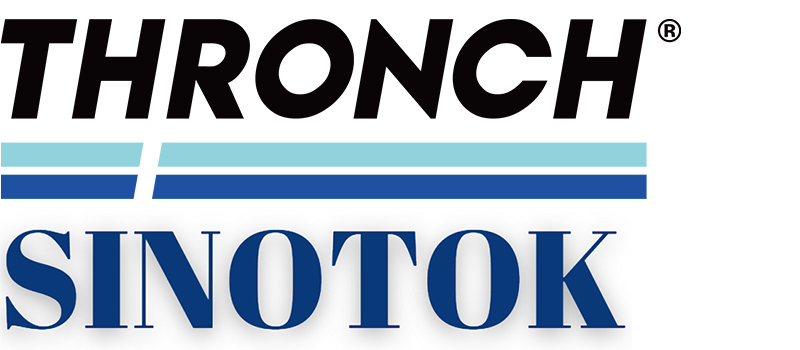What are metal forming processes?
Metal forming: Large set of manufacturing processes in which the material is deformed plastically to take the shape of the die geometry. The tools used for such deformation are called die, punch etc. Plastic deformation: Stresses beyond yield strength of the workpiece material is required.
Bulk forming: It is a severe deformation process resulting in massive shape change. The surface area-to-volume of the work is relatively small. Mostly done in hot working conditions.
Rolling: In this process, the workpiece in the form of slab or plate is compressed between two rotating rolls in the thickness direction, so that the thickness is reduced. The rotating rolls draw
the slab into the gap and compresses it. The final product is in the form of sheet.
Forging: The workpiece is compressed between two dies containing shaped contours. The die shapes are imparted into the final part.
Extrusion: In this, the workpiece is compressed or pushed into the die opening to take the
shape of the die hole as its cross section.
Sheet forming: Sheet metal forming involves forming and cutting operations performed on metal sheets, strips, and coils. The surface area-to-volume ratio of the starting metal is relatively high.
Tools include punch, die that are used to deform the sheets.
Bending: In this, the sheet material is strained by punch to give a bend shape (angle shape) usually in a straight axis.
Cold working:
Generally done at room temperature or slightly above RT.
Advantages compared to hot forming:
(1) closer tolerances can be achieved;
(2) good surface finish;
(3) because of strain hardening, higher strength and hardness is seen in part;
(4) grain flow during deformation provides the opportunity for desirable directional properties;
(5) since no heating of the work is involved, furnace, fuel, electricity costs are minimized,
(6)Machining requirements are minimum resulting in possibility of near net shaped forming.
Disadvantages:
(1) higher forces and power are required;
(2) strain hardening of the work metal limit the amount of forming that can be done,
(3) sometimes cold formingannealing-cold forming cycle should be followed,
(4) the work piece is not ductile enough to be cold worked.
Hot working: Involves deformation above recrystallization temperature, between 0.5Tm to 0.75Tm.
Advantages:
(1) significant plastic deformation can be given to the sample,
(2) significant change in workpiece shape, (3) lower forces are required, (4)
materials with premature failure can be hot formed, (5) absence of
strengthening due to work hardening.
Disadvantages: (1) shorter tool life, (2) poor surface finish, (3) lower
dimensional accuracy, (4) sample surface oxidation
